Interesting observation re: CFL lighting
wordwiz
14 years ago
Related Stories

STAIRWAYSClear Staircases — They're a Real Glass Act
If you're flush with funds, you can have a ball with crystal on your stairs. The rest of us can just marvel from afar
Full Story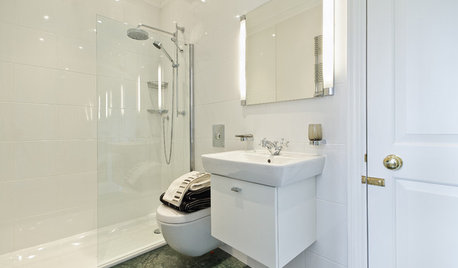
BATHROOM DESIGN9 Ways to Create a Not-So-Standard Bathroom
Make a small bath more interesting with color contrast, natural light, bright tile, transparency and more
Full Story
LIGHTING5 Questions to Ask for the Best Room Lighting
Get your overhead, task and accent lighting right for decorative beauty, less eyestrain and a focus exactly where you want
Full Story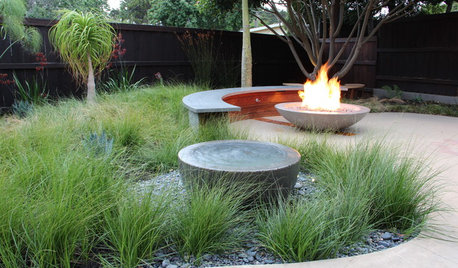
LANDSCAPE DESIGNEnergize Your Landscape With Masses of Grasses
Create year-round interest with waves of attention-getting grasses for all kinds of yards
Full Story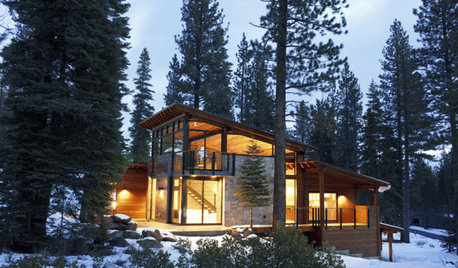
HOUZZ TOURSHouzz Tour: Cozy Mountain Retreat Near Lake Tahoe
An observation deck, a gourmet kitchen and generous helpings of windows make this California vacation home a storm watcher's paradise
Full Story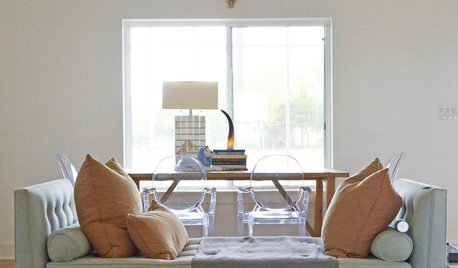
LIFEYou Said It: ‘It’s Important to Wait’ and More Houzz Quotables
Design advice, inspiration and observations that struck a chord this week
Full Story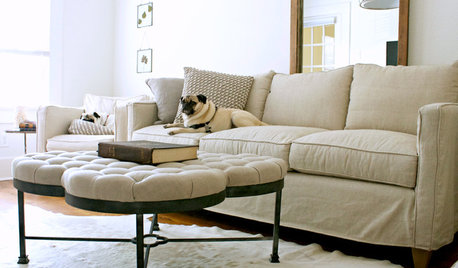
LIFEYou Said It: ‘My Furniture Is the Color of My Pugs’ and More
Design advice, inspiration and observations that struck a chord this week
Full Story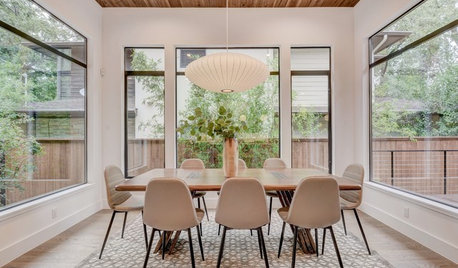
REMODELING GUIDESHow to Get Your Pendant Light Right
Find out where to place a hanging light and how high it should be
Full Story
LIFEYou Said It: ‘Limit the Gifts’ and More Houzz Quotables
Design advice, inspiration and observations that struck a chord this week
Full StorySponsored
More Discussions






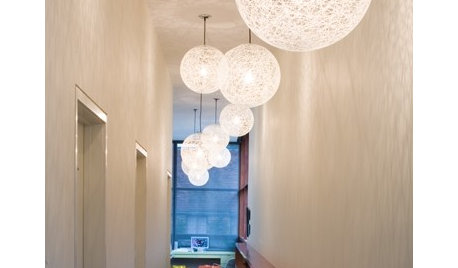
colokid
struwwelpeter
Related Professionals
Stamford Landscape Contractors · Concord Landscape Contractors · Anderson Landscape Contractors · Cary Landscape Contractors · Cudahy Landscape Contractors · Gresham Landscape Contractors · Gurnee Landscape Contractors · Olympia Landscape Contractors · Sun City Center Landscape Contractors · Vallejo Landscape Contractors · Canton Fence Contractors · Downey Fence Contractors · Hutto Fence Contractors · Holland Roofing & Gutters · Sebring Roofing & GutterswordwizOriginal Author
wordwizOriginal Author
struwwelpeter
wordwizOriginal Author
colokid
wordwizOriginal Author
colokid
wordwizOriginal Author
struwwelpeter
colokid
wordwizOriginal Author
wordwizOriginal Author
curt_grow
struwwelpeter
colokid
wordwizOriginal Author
wordwizOriginal Author
struwwelpeter
struwwelpeter
wordwizOriginal Author
struwwelpeter
struwwelpeter
wordwizOriginal Author
wordwizOriginal Author
struwwelpeter
wordwizOriginal Author
struwwelpeter
wordwizOriginal Author
wordwizOriginal Author
struwwelpeter
wordwizOriginal Author